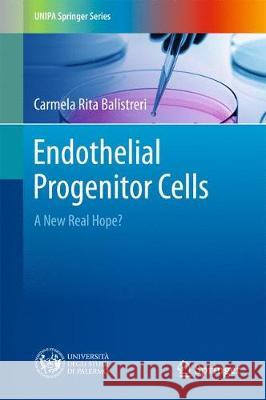Endothelial Progenitor Cells: A New Real Hope? » książka
topmenu
Endothelial Progenitor Cells: A New Real Hope?
ISBN-13: 9783319551067 / Angielski / Twarda / 2017 / 80 str.
Kategorie:
Kategorie BISAC:
Wydawca:
Springer
Seria wydawnicza:
Język:
Angielski
ISBN-13:
9783319551067
Rok wydania:
2017
Wydanie:
2017
Numer serii:
000792175
Ilość stron:
80
Waga:
0.35 kg
Wymiary:
23.5 x 15.5
Oprawa:
Twarda
Wolumenów:
01











